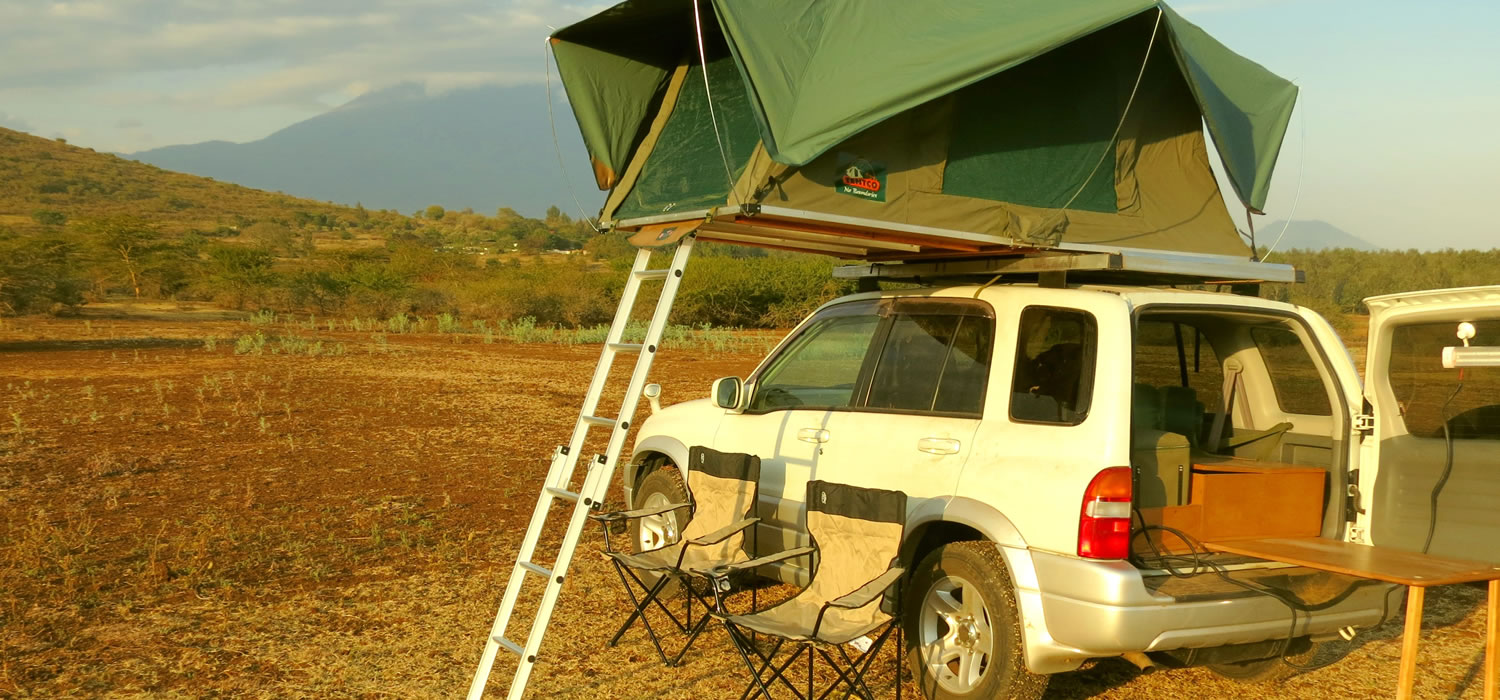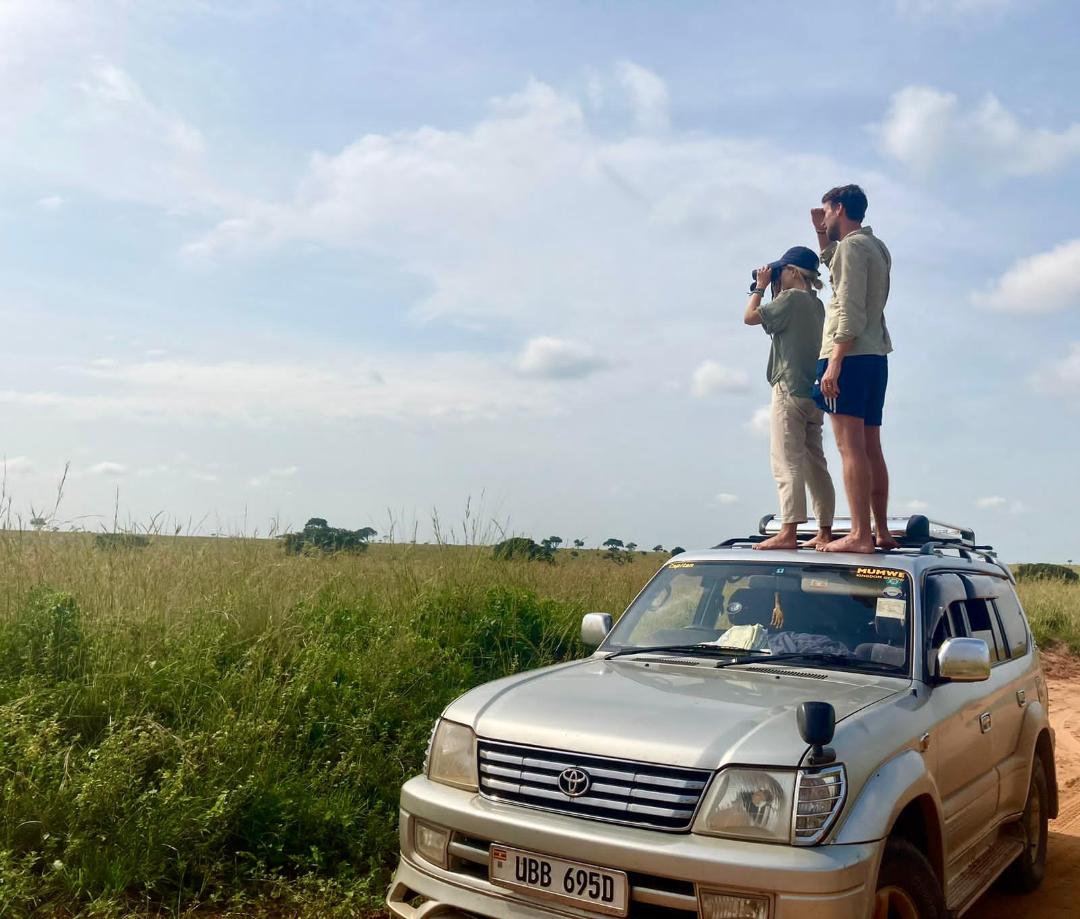
Choosing Uganda or Rwanda for Your First Gorilla Safari?
Encountering mountain gorillas in their natural habitat ranks among the world’s most profound wildlife experiences. These gentle giants, found only in the misty forests of East Africa’s Virunga Mountains and Uganda’s Bwindi Impenetrable Forest, offer visitors a rare glimpse into our evolutionary past. For first-time gorilla trekkers, the choice between Uganda and Rwanda can be challenging—both countries offer exceptional experiences, yet they differ significantly in cost, accessibility, trekking difficulty, and overall gorilla safari experience. Understanding these differences helps you make an informed decision that aligns with your priorities, budget, and travel style.
The Cost Factor: A Significant Difference
The most striking difference between Uganda and Rwanda is permit pricing. Uganda’s gorilla trekking permit costs $800 per person, while Rwanda’s permit is priced at $1,500 per person. This $700 difference represents substantial savings, particularly for couples or families. For budget-conscious travelers or those wanting to extend their safari with additional experiences, Uganda’s lower permit cost makes it considerably more accessible. there is a big difference betwee

Rwanda’s higher pricing is a deliberate strategy positioning gorilla trekking as a luxury experience. The country targets high-end tourism, and the premium pricing reflects this positioning. However, the higher cost doesn’t necessarily mean a superior gorilla encounter—the actual time spent with gorillas (one hour) and group sizes (maximum eight people) are identical in both countries. The price difference primarily reflects accessibility and positioning rather than the quality of the wildlife experience itself.
Accessibility and Convenience
Rwanda holds a decisive advantage in accessibility. Volcanoes National Park sits just two to three hours’ drive from Kigali International Airport on well-maintained roads. This proximity means you can fly into Kigali in the morning and potentially trek gorillas the next day. For travelers with limited time, this convenience is invaluable. The journey itself is comfortable, passing through Rwanda’s famously clean, orderly countryside with its terraced hillsides and organized villages.
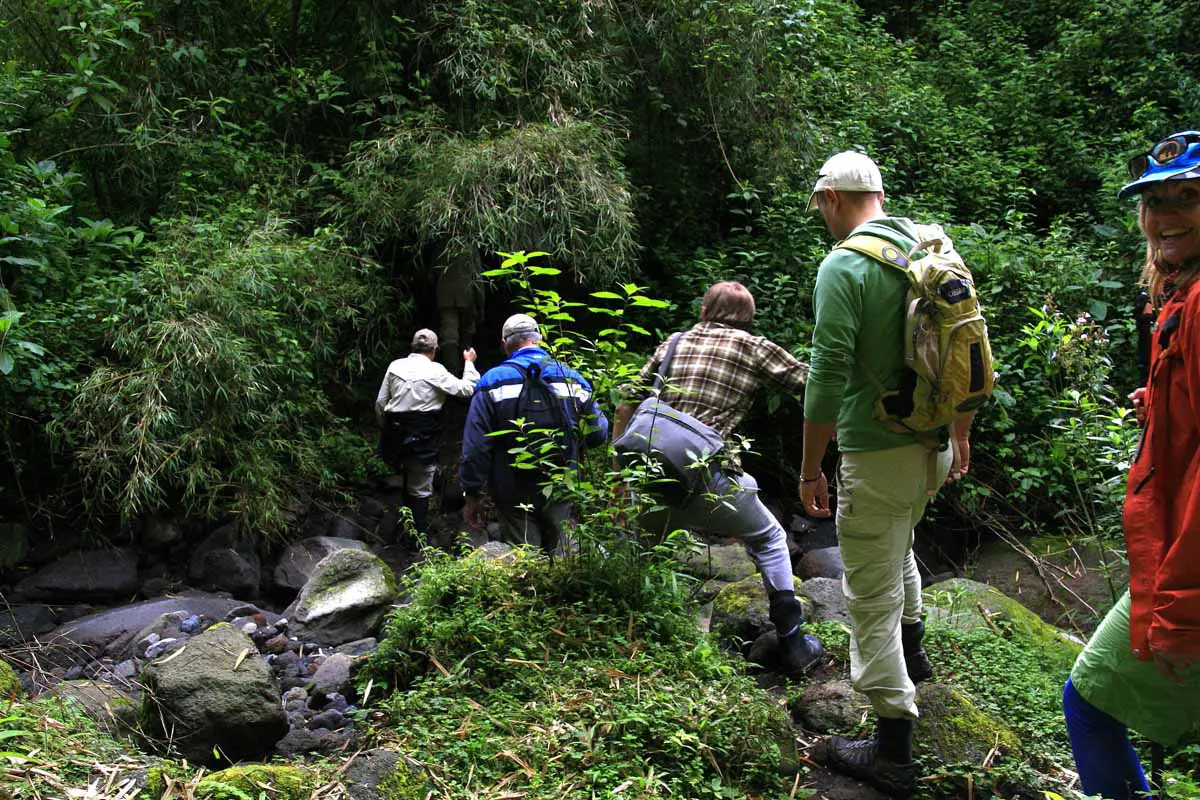
Uganda’s gorilla parks require more commitment. Bwindi Impenetrable Forest, home to roughly half the world’s mountain gorillas, sits eight to nine hours from Kampala by road, or about four to five hours from Entebbe International Airport if you approach from the south. Mgahinga Gorilla National Park is similarly distant. While the journey is scenic—passing through Uganda’s beautiful countryside—it requires either a long drive, an overnight stop, or a domestic flight to Kihihi or Kisoro airstrips, adding to the overall cost and complexity.
For first-timers with limited vacation time, Rwanda’s accessibility can outweigh its higher permit cost. However, travelers with more flexible schedules often find Uganda’s longer journey rewarding, as the road trip itself becomes part of the adventure.
Trekking Experience and Terrain
Both countries offer authentic gorilla trekking experiences, but the terrain differs. Rwanda’s Volcanoes National Park features bamboo forests and relatively open vegetation on volcanic mountain slopes. Treks here can be steep—the altitude reaches up to 4,507 meters—but the terrain is generally more open than Bwindi’s dense jungle.
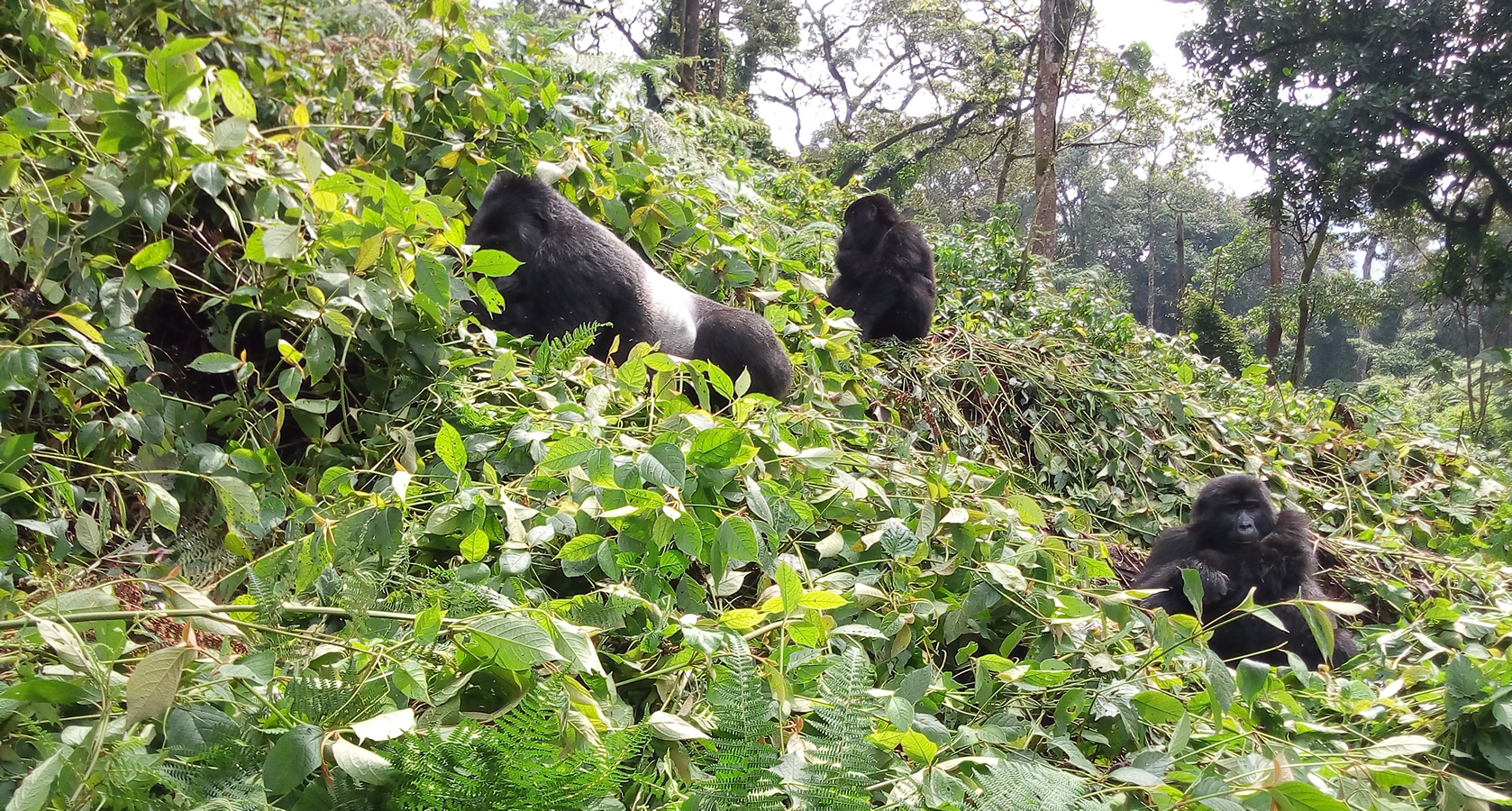
Uganda’s Bwindi Impenetrable Forest lives up to its name. The forest is dense, humid, and challenging, with steep, slippery slopes covered in thick vegetation. Treks can be physically demanding, though the park’s multiple sectors mean trekking difficulty varies. Some gorilla families are relatively close to trailheads, while others require several hours of hiking through challenging terrain.
For first-timers concerned about fitness, both countries offer porter services—local porters who assist with carrying bags, provide physical support on difficult sections, and offer encouragement. Hiring a porter (around $15-20) is highly recommended regardless of which country you choose, as it simultaneously supports local communities and makes your trek more manageable.
Number of Gorilla Families and Availability
Uganda habituates more gorilla families for tourism—approximately 19 families across Bwindi’s four sectors and one in Mgahinga. Rwanda has about 12 habituated families in Volcanoes National Park. More families mean more daily permits available in Uganda, potentially making it easier to secure permits during peak seasons (June to September and December to February).

Uganda also offers a unique gorilla habituation experience in Bwindi’s Rushaga sector, where visitors spend up to four hours (rather than the standard one hour) with a gorilla family still undergoing habituation. This extended experience costs $1,500—the same as Rwanda’s standard permit—but offers considerably more time with the gorillas.
Overall Safari Experience
Consider your broader gorilla safari goals. Uganda offers exceptional diversity beyond gorillas: chimpanzee tracking in Kibale Forest, tree-climbing lions in Queen Elizabeth National Park, massive concentrations of wildlife in Murchison Falls, and the source of the Nile. If you’re planning a comprehensive East African safari, Uganda’s varied offerings provide excellent value.
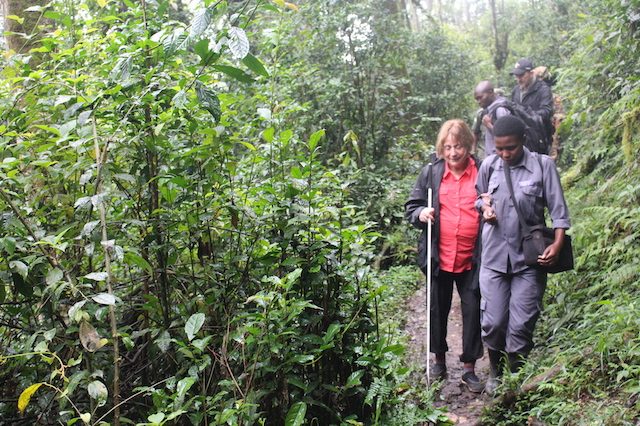
Rwanda, being smaller, offers fewer safari extensions within the country. However, its proximity to Tanzania makes it easy to combine with a Serengeti or Ngorongoro safari. Rwanda also excels in cultural tourism, with Kigali being one of Africa’s most impressive capitals, featuring world-class genocide memorials and a vibrant arts scene.
Infrastructure and Comfort
Rwanda’s tourism infrastructure is generally more developed and standardized. Roads are excellent, accommodations meet international standards, and services are reliably professional. The country’s emphasis on cleanliness and organization is evident everywhere.
Uganda’s infrastructure varies more widely. While major tourist areas feature excellent lodges and facilities, standards can be inconsistent. However, many travelers find Uganda’s rougher edges add authentic character to the adventure.
Making Your Decision
Choose Rwanda if you have limited time (a weekend gorilla trek is feasible), prefer convenience and predictability, have a higher budget, want luxury infrastructure throughout your journey, or are combining your gorilla trek with other high-end African experiences.
Choose Uganda if you’re budget-conscious and the $700 permit savings is significant, have time for a longer journey and want it to feel like an adventure, want to see multiple gorilla families or experience the gorilla habituation, plan to combine gorillas with other wildlife experiences like chimpanzee tracking or savannah safaris, or prefer destinations that feel slightly more off-the-beaten-path.
Conclusion
There’s no wrong choice—both Uganda and Rwanda offer extraordinary gorilla safaris that will likely be among your life’s most memorable experiences. The gorillas themselves don’t recognize borders, and the moment you lock eyes with a silverback or watch juveniles play in the forest canopy will be equally magical regardless of which country you choose. Your decision should ultimately reflect your budget, time constraints, desired comfort level, and broader safari goals. For many travelers, the ideal solution is returning to experience both countries, discovering that each offers its own unique magic in the realm of mountain gorilla conservation and tourism.
Planning to visit Uganda or Rwanda for gorilla trekking safari adventure- we at Mumwe Safaris will be more than happy to organize for you a safari that suits you budget and interests. Simply contact us now by sending an email to info@mumwesafarisuganda.com or call us now on +256-700135510 to speak with the reservations team.

